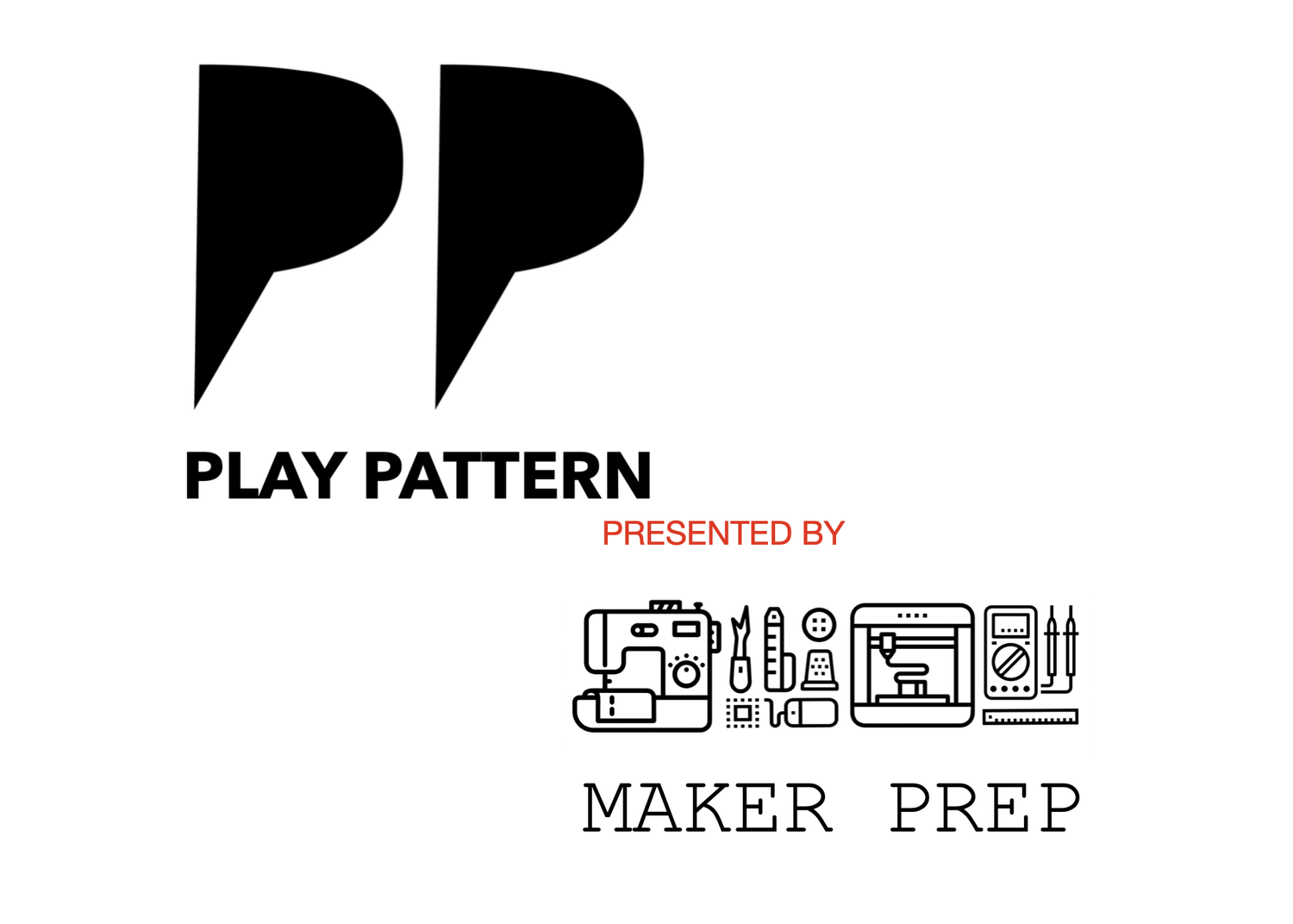SESSION ONE
Topic: Am I good at Math?
Warm Up Game:
Play the game five fingers and the take time to get to know each other. When the game is over review the Art + Math norms (class routines, behaviors and work expectations) for the afternoon program.
How to Play Five Fingers
Form a Circle:
Have all students sit in a circle where they can see each other clearly.
Hold Up One Hand:
Each student holds up five fingers (you can modify for three fingers if time is short).Choose a Starting Player:
One person starts as the "Statement Giver."Make a Personal Statement:
The player says something true about themselves that might apply to others, using the phrase:“Put a finger down if you...”
Example:
“Put a finger down if you've ever stayed up all night.”
Others Respond:
Anyone who relates to the statement puts one finger down.Next Player:
The turn passes clockwise, and the next person gives a new statement about themselves.
Each player should only give statements about their own life/experiences.Continue Until Fingers Are Gone:
The game ends when:A player puts down all five fingers (you can choose to have them “out” or just continue for fun), or
Everyone has had a turn, or
You hit a time limit.
Optional Variations:
Reflection Round: After the game, ask students to share one thing they learned about someone else.
Themed Rounds: Use a theme like "math class," "summer vacation," or "feelings about art."
Why It Works:
Builds empathy and connection.
Encourages sharing without pressure.
Great for early team bonding or low-stakes discussions about identity and experience.
Take a short survey:
Make Art:
Am I a mathematician Poster Art: Lesson Plan + Slideshow
Gallery Walk & Reflection:
Setting Up the Gallery (5–10 minutes)
Preparation:
Display all student posters on walls, tables, or desks in a grid or quilt format.
Create open walking paths so students can move comfortably.
Play quiet instrumental music (optional) to set a calm tone for reflection.
Intern/Teacher Tasks:
Tape or pin posters.
Have reflection sheets, sticky notes, or clipboards ready.
Prepare guiding questions visually (on a board or slide).
Gallery Walk (10–15 minutes)
Instructions to Students:
Walk around silently and observe each poster.
Read the “I am...” and “...and I’m a Mathematician” statements.
Look for common themes or surprising identities.
Choose at least two posters to respond to using:
Sticky notes ("I love how you...")
A reflection sheet ("This poster made me think...")
Optional Prompts for Sticky Notes:
“Your poster made me feel ___.”
“I never thought of math and ___ together before!”
“We have ___ in common!”
Individual Reflection (5–10 minutes)
Have students sit and respond to the following prompts (written or oral):
What did you learn about your classmates?
What surprised you about how others see themselves as mathematicians?
How did this activity help you think differently about math and identity?
What connections did you see between your math thinking and other parts of your life?
Optional Whole-Class Share (5 minutes)
Invite a few students to share one thing they noticed or appreciated.
Remind everyone that math belongs to all of us—and our identities shape how we learn, question, and create.
Make Art:
Drawing Mandalas with Compass and Straightedge: Lesson Plan + Slideshow
Gallery Walk & Reflection:
Purpose:
To encourage students to:
Observe peer work with focus and intention
Reflect on their own creative process
Use academic vocabulary (geometry, symmetry, pattern, measurement)
Make connections between math concepts and artistic expression
Time Allotment:
15–20 minutes total
(10 minutes for the walk + 5–10 minutes for reflection)
Step-by-Step Instructions
1. Setup (2–3 minutes)
Have all student mandalas displayed clearly on desks, tables, or taped to walls.
Make sure each piece has the student’s name on the back and is laid flat or hanging neatly.
Intern Task:
Walk around the room and help students display their work. Remind them to be respectful and handle art gently if it needs to be moved.
Gallery Walk (10 minutes)
Teacher Directions to Students:
Silently walk around the room and look carefully at each mandala.
Notice the use of patterns, color, shape, and math.
Choose at least two mandalas that inspire you or feel interesting geometrically.
Optional Tool:
Provide sticky notes or small “feedback slips” for students to leave kind, specific comments such as:
“I like how you repeated the triangles in a spiral.”
“Your symmetry is really strong—it looks like a flower!”
Intern Task:
Circulate and gently prompt quieter students with reflection questions (“What’s a shape you recognize here?”)
Group or Partner Reflection (5–7 minutes)
Option A: Partner Discussion
Have students turn to a partner and share responses to the following questions:
“How did geometry help your design?”
(e.g., “Using a compass helped me keep the shape even.”)“What patterns or symmetry did you notice in your own or others’ work?”
(e.g., “Mine had 6-fold symmetry, and I noticed someone else used 12 points.”)“How did precise measurement support your creativity?”
(e.g., “It helped me stay organized, then I added colors and shapes around it.”)
Option B: Written Reflection
Have students write 3–5 sentences in their sketchbook or math journal responding to the prompts above.
Encourage use of vocabulary: symmetry, radius, sequence, repeat, balance, proportion, spiral, circle, triangle, square.
Intern Task:
Assist students who need help writing or organizing their thoughts.
Teacher Tips
Keep the tone celebratory and affirming—no “best” mandala, just different interpretations of math and design.
Reinforce vocabulary during the discussion.
Acknowledge artistic risk-taking and math accuracy.
Clean Up:
Be sure to include all students in the cleanup process—this promotes a sense of ownership and responsibility for both the materials and the classroom. Assign clear roles to each student, such as putting away paper, collecting trash, and checking that all artwork has names written on the back.
Optional activity:
Legos or Magnet Tiles
